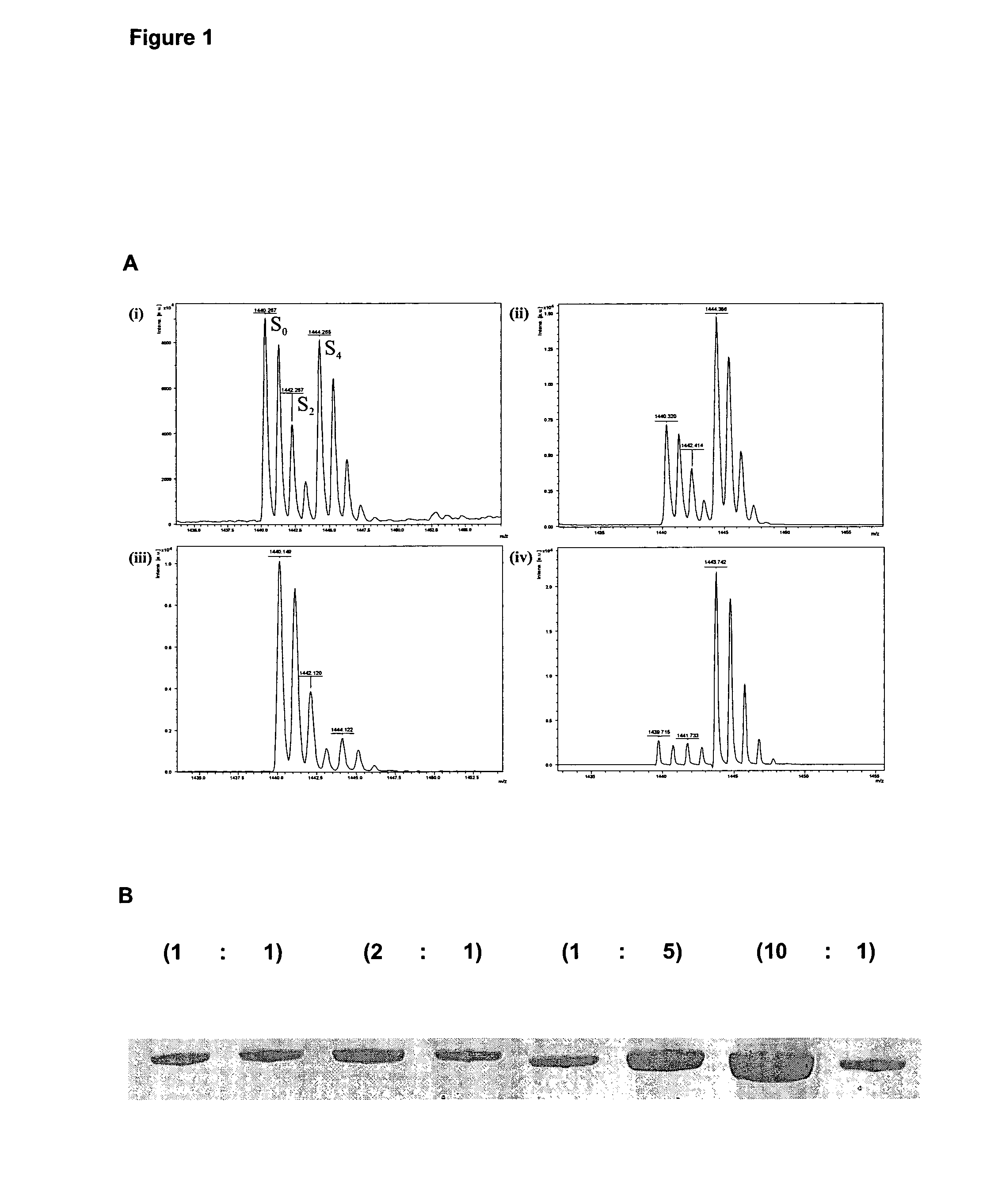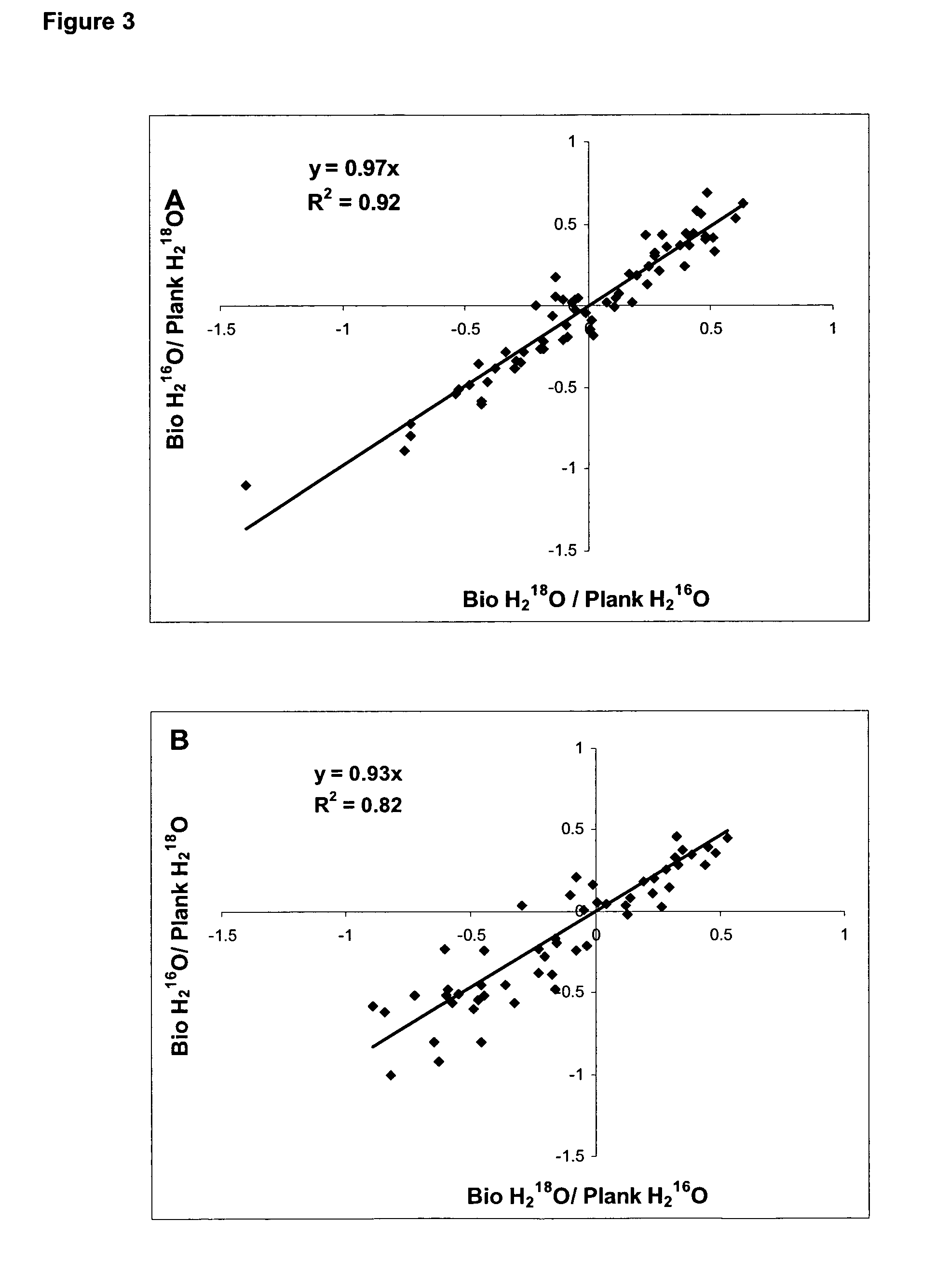Biofilm treatment
a biofilm and treatment technology, applied in the direction of antibacterial agents, drug compositions, antiparasitic agents, etc., can solve the problems of reducing antibiotic efficacy, dispersing planktonic cells, and often affecting the treatment of chronic infections of biofilms
- Summary
- Abstract
- Description
- Claims
- Application Information
AI Technical Summary
Benefits of technology
Problems solved by technology
Method used
Image
Examples
examples
[0166]To help illustrate compositions embodying an aspect of the invention directed to treatment, the following sample formulations are provided.
[0167]The following is an example of a toothpaste formulation.
[0168]
Ingredient% w / wDicalcium phosphate dihydrate50.0Glycerol20.0Sodium carboxymethyl cellulose1.0Sodium lauryl sulphate1.5Sodium lauroyl sarconisate0.5Flavour1.0Sodium saccharin0.1Chlorhexidine gluconate0.01Dextranase0.01Biofilm inhibitor (Oxantel pamoate)0.2Waterbalance
[0169]The following is an example of a toothpaste formulation.
[0170]
Ingredient% w / wDicalcium phosphate dihydrate50.0Sorbitol10.0Glycerol10.0Sodium carboxymethyl cellulose1.0Sodium lauryl sulphate1.5Sodium lauroyl sarconisate0.5Flavour1.0Sodium saccharin0.1Sodium monofluorophosphate0.3Chlorhexidine gluconate0.01Dextranase0.01Biofilm inhibitor (Oxantel pamoate)0.2Waterbalance
[0171]The following is an example of a toothpaste formulation.
[0172]
Ingredient% w / wDicalcium phosphate dihydrate50.0Sorbitol10.0Glycerol10.0S...
PUM
 Login to View More
Login to View More Abstract
Description
Claims
Application Information
 Login to View More
Login to View More - R&D
- Intellectual Property
- Life Sciences
- Materials
- Tech Scout
- Unparalleled Data Quality
- Higher Quality Content
- 60% Fewer Hallucinations
Browse by: Latest US Patents, China's latest patents, Technical Efficacy Thesaurus, Application Domain, Technology Topic, Popular Technical Reports.
© 2025 PatSnap. All rights reserved.Legal|Privacy policy|Modern Slavery Act Transparency Statement|Sitemap|About US| Contact US: help@patsnap.com



